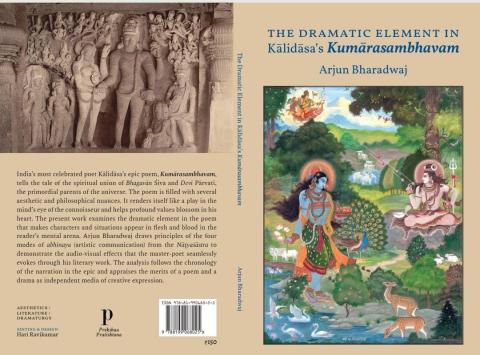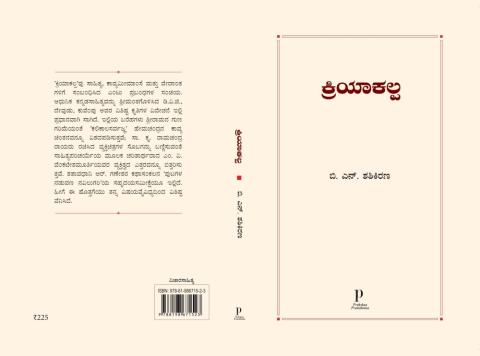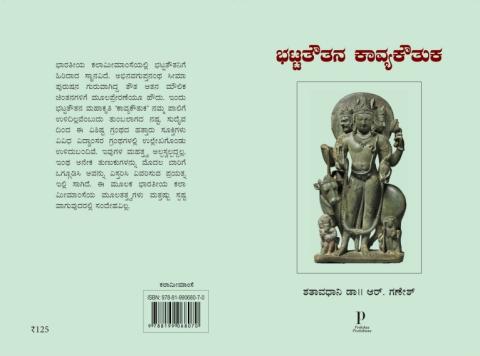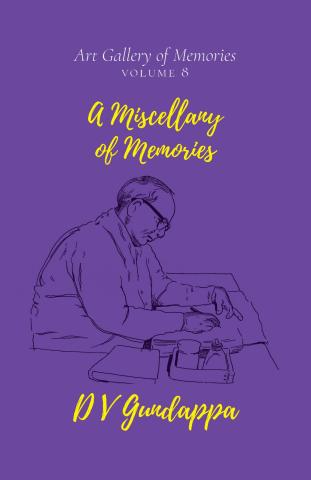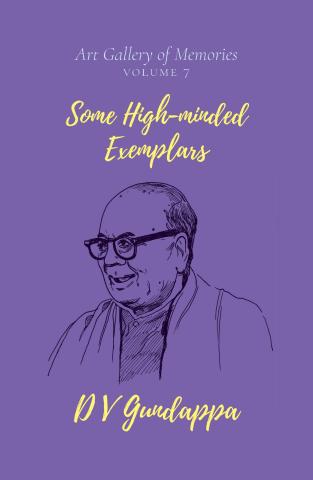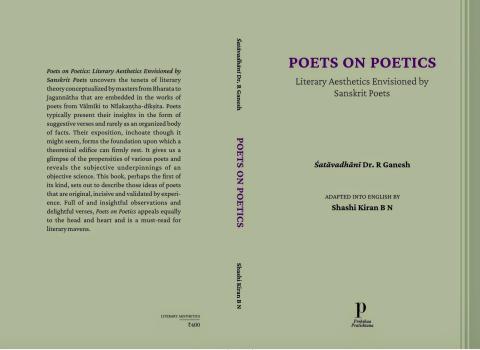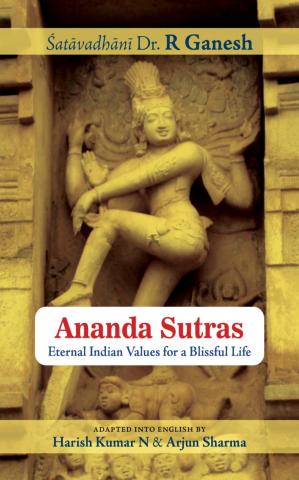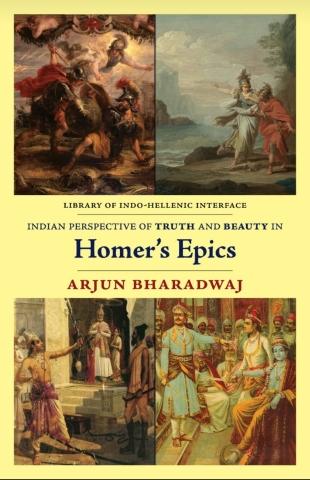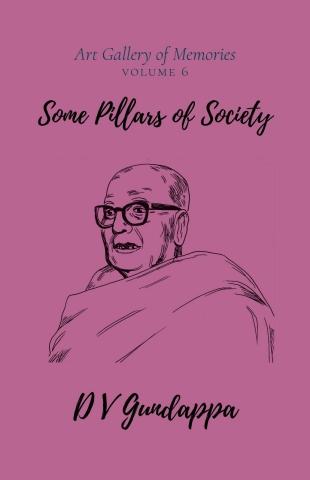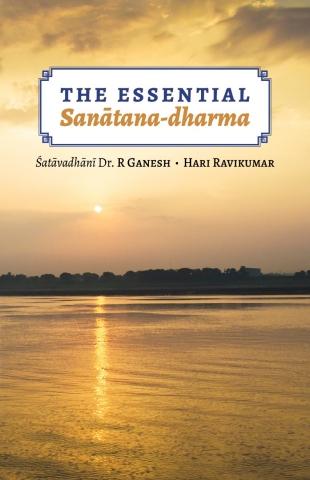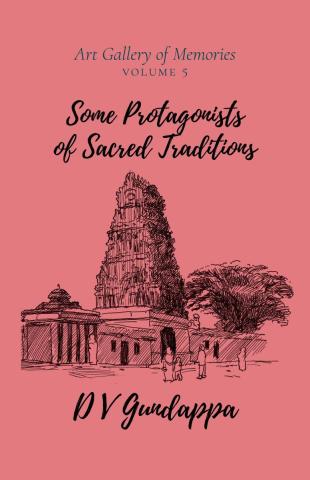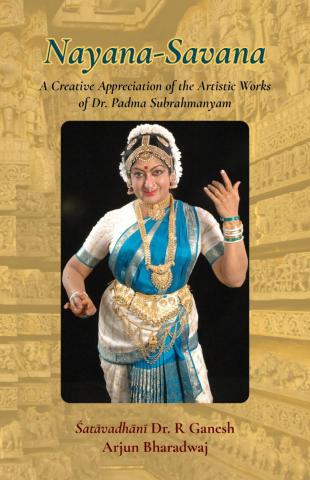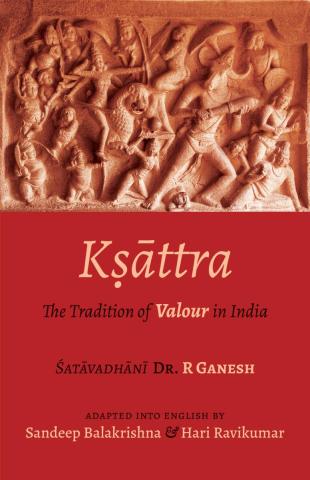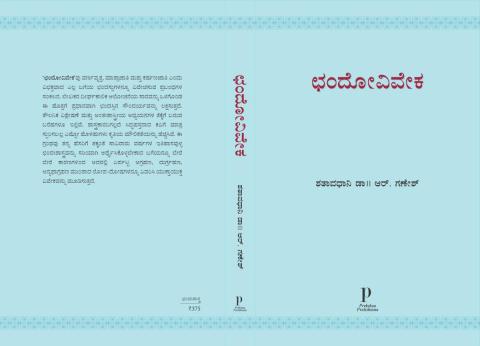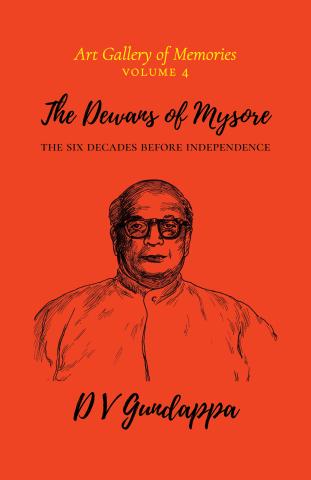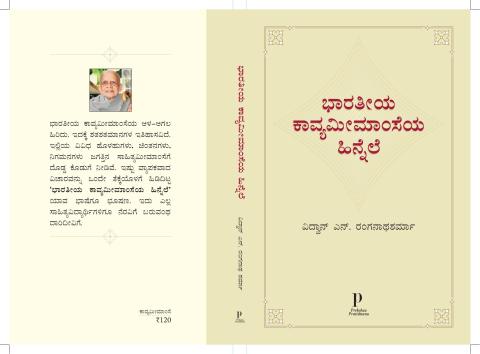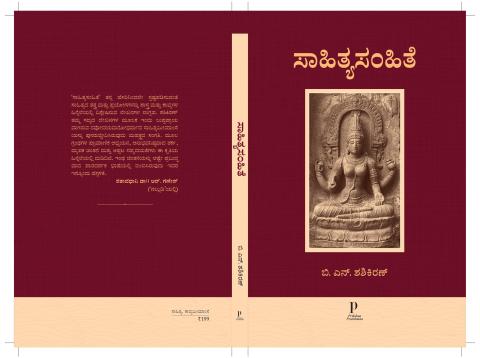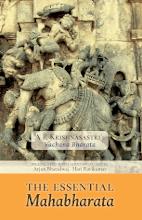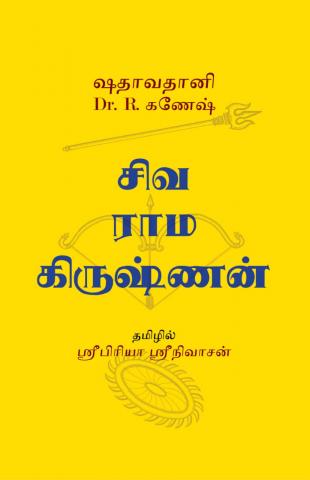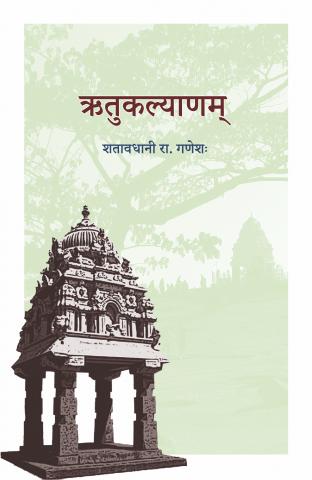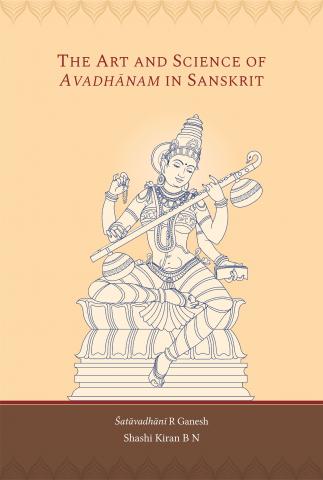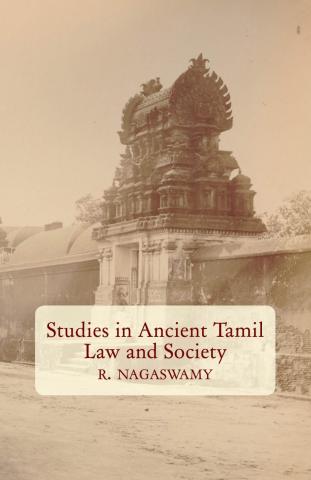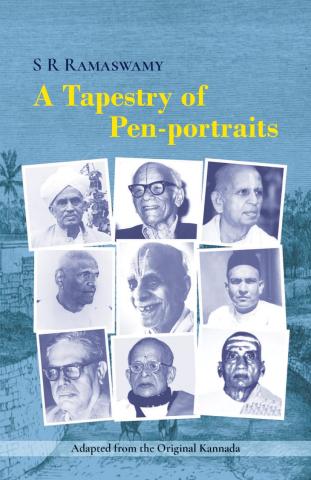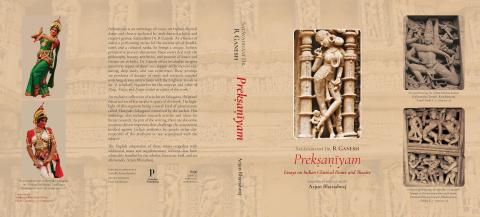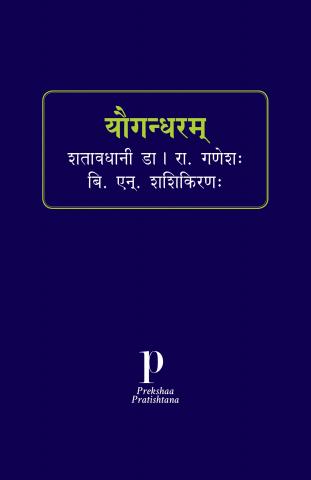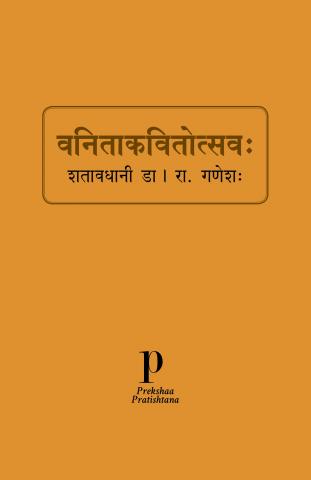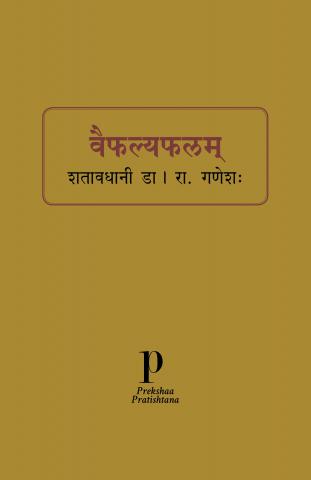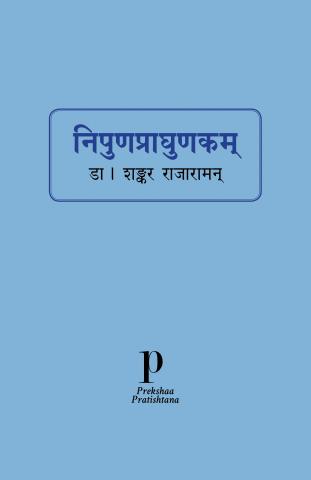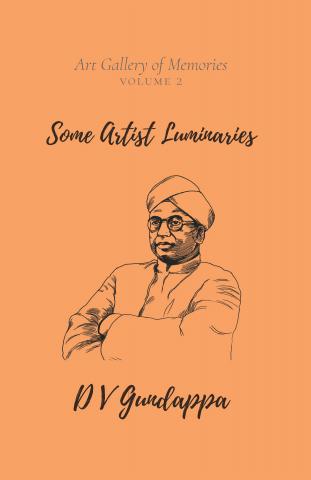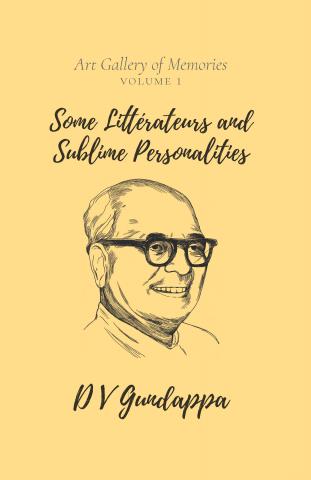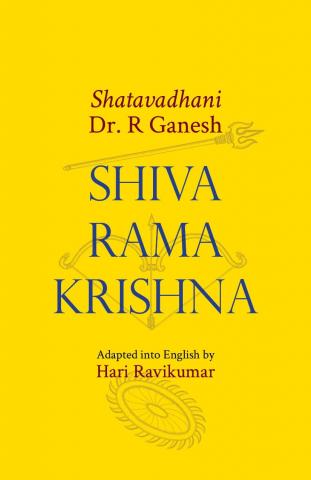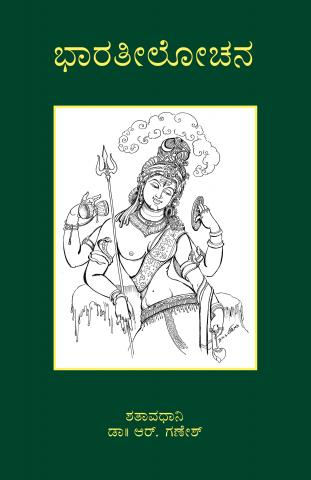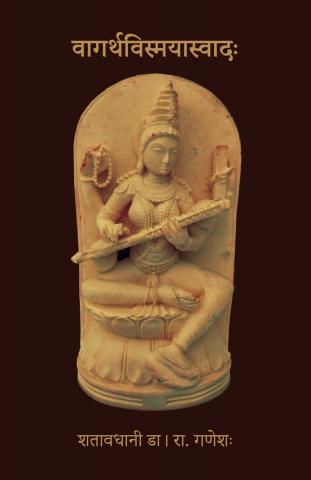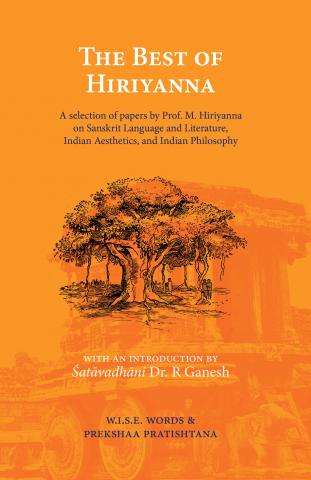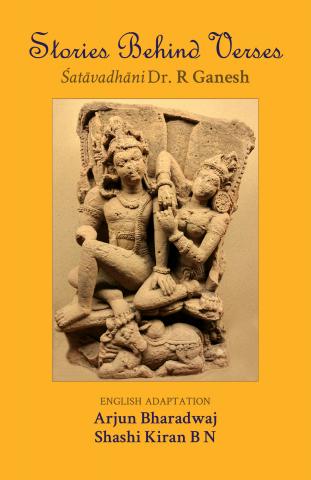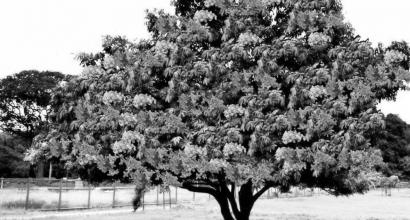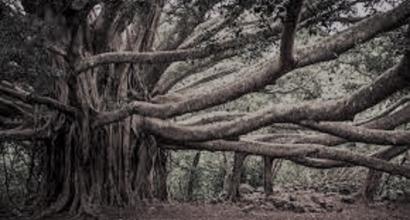“A male horse gives birth to foals”:
जानेऽहं घनसलिलाकरस्य गर्भे
जीवालिः प्रविलसतीत्यनूह्यरीतिः।
तत्रैषाऽद्भुतघटनाऽपि सत्यमेव
ह्यश्वोऽसौ निजतनयान् स्वयं प्रसूते॥[1]
I know that the ocean is home to numerous intriguing creatures. In it, a surprising truth awaits: a seahorse gives birth to foals.
The solution is a novel one in that it is based on a biological fact.
“A child witnessed its own birth”:
कंसादिदैत्यशमनाय कृतावतारः
कारागृहे शिशुतया वसुदेवपत्न्याम्।
पन्नः पुनः पुरत एव लसद्रमेशः
पुत्रो निजप्रसवमैक्षत नूनमग्रे॥[2]
With a mission to vanquish demons such as Kamsa, Viṣṇu was born in prison as Vasudeva’s son. When appeared in his original form to his parents, [it can be said]: a child witnessed its own birth!
“With the elephant sold, why fuss over the goad?”:
पाकोऽसौ भरतभुवस्तु दक्षिणांस-
श्छिन्नोऽभूत्किल यवनालितृप्तयेऽस्मत्।
काश्मीरेष्वथ किमिवाद्य चापि हिंसा
विक्रीते करिणि किमङ्कुशे विवादः॥[3]
Pakistan, the right arm of undivided India, was chopped off from the country long ago. In such a scenario, why fight over tiny Kashmir? With the elephant sold, why fuss over the goad?
The solution exemplifies atyanta-tiraskṛta-vācya-dhvani—suggestion that completely overrides the literal meaning. As for the challenge, it is a well-known one that has seen multiple solutions. The present solution is unique since it is based on contemporary politics. The performer can ill afford to remain oblivious to the happenings around him. If he does so, solutions such as this one will never appear to him.
“Save me, save me, save me, save me, save me, save me, save me!”:
क्रूरनक्रवक्त्रबद्धनागयूथनायको
याचते स्म माधवं विचिन्त्य मोचनायनम्।
लोकसप्तकप्रसर्पिणा स्वरेण सत्वरं
पाहि पाहि पाहि पाहि पाहि पाहि पाहि माम्॥[4]
Caught in the cruel jaws of a crocodile, a devout elephant beseeched Viṣṇu to save it. Its baritone voice reverberated in the seven worlds: Save me, save me, save me, save me, save me, save me, save me!
The challenge uses the word pāhi seven times and this has directed the solution based on Hindu mythology.
The next challenge is only a metrical phrase, and not an entire foot of a verse. “Ādiśaṅkara liked violence”:
शून्याम्नायलताविनाशनविधौ कुद्दालभूतस्तथा
कर्माम्भोनिधिशोषणेऽतिचतुरस्तिग्मांशुरुद्यच्छविः।
दुस्तन्त्राविलवातवारणमहादर्वीकरो भीकरो
व्यामोहाख्यवनीदवाग्निरिति वा हिंसापरश्शङ्करः॥[5]
He is the sickle that trims away creepers that are useless scriptures. He is the sun that scorches every drop of water in the ocean of meaningless practices. He is the snake that lives of air that is Tantra gone awry. He is the fire that wholly consumes forest of delusion. In this way, Śaṅkara has a penchant for violence.
The seeming negativity in the challenge has been turned on its head by the poet who has employed metaphorical double-negative statements. The fact that two negatives make a positive has come true here. The performer’s knowledge of Vedānta has come in very handy.
“A mother knows nothing of immense labour-pain”:
सभाकवेः श्रमं गेहकविर्वेत्तु कथञ्चन।
न हि प्रसूर्विजानाति गुर्वीं प्रसववेदनाम्॥[6]
[Despite being a litterateur], a poet who composes verses at leisure can never understand the predicament of an extempore poet. [Going by this, it may be said]: A mother knows nothing of labour-pain.
The challenge is a famous one and it has been solved by alluding to the very art of Avadhānam. The solution is charming because of its innate spontaneity.
“Gaṅgā flows upward with rising waves”:
आषाढस्य प्रशमदिवसे पूर्णिमायां पवित्रे
व्यासेज्यायां गणपतिगृहे मूलचक्रे निलीना।
सार्पी शक्तिः प्रसरति शिरस्स्थानमुत्तुङ्गभङ्ग्या
यत्राधस्तादुपरि वहति स्वर्धुनी सूत्तरङ्गा॥[7]
On the auspicious birthday of Vyāsa, the full moon day of the Āṣāḍha month, the serpent-power Kuṇḍalinī rises from Mūlādhāra and rushes towards Sahasrāra. In this form of a mystical current, Gaṅgā flows upward with rising waves.
The solution bases its idea on Tantra-śāstra, and Yoga-śāstra. Hence, the physical river Gaṅgā has been transformed into a mystical current.
“Kālidāsa is a computer savvy”:
विपर्ययं वीक्ष्य नवर्तुचक्रे
मेघावलीमोघपथं जिहीर्षुः।
ईमेल्-चमत्कारजितस्ततोऽभू-
त्कम्प्यूटरीयः किल कालिदासः॥[8]
Witnessing erratic changes in climate, Kālidāsa no longer trusted the path of monsoon clouds. Enamoured by e-mail communication, he became a computer savvy.
The challenge requires the solution to be in a modern setting and worded in contemporary idiom, and the solution handsomely fulfils this requirement.
Ubhaya-cchala—Syntactic and Semantic Challenges
“A preceptor looks at a wise man making love to a virgin”:
धन्यं ज्यौतिषशास्त्रमत्र बुहुधा धन्यातिधन्यं पुन-
र्मान्यश्रीग्रहचारणस्थितिबलाद्वैविध्यपूर्णं फलम्।
एकस्यैव महात्मनः स्थिरमतेस्तज्जन्मराशेः स्थितं
कन्यामैथुनकं बुधस्य विषयं चित्रं गुरुः पश्यति॥[9]
Planetary positions decide the fate of the masses. What a wonderful branch of learning is Astrology! In a typical horoscope, Jupiter (Guru) stationed at Pisces looks at Mercury (Budha), the lord of Virgo (Kanyā) and Gemini (Mithuna). Going by this one might as well say: A preceptor looks at a wise man making love to a virgin.
The solution is based on Astrology and employes pun to make sense of the challenge differently. It is thus both syntactic and semantic. The paronomasia inherent in the challenge is quite evident. Any poet worth his salt will discover it within seconds. Couching such a challenge in the long Śārdūla-vikrīḍita meter is aesthetically incorrect. This is thus fit to be called a prahelikā rather than a samasyā.
“Quickly do away with the glaring mārgamadya-viśeṣaka”:
ललाटतटलाञ्छनं चिकुरचातुरीवञ्चनं
विशेषकमपाकुरु प्रकटमार्गमद्यं द्रुतम्।
इदम्प्रथमविस्मयं त्वयि सुधांशुबिम्बं नवं
तदद्य परिपश्यतु त्रिभुवनं कलङ्कोज्झितम्॥[10]
Quickly rub off the glaring mārgamadya-viśeṣaka—the beautiful mark on your forehead—that deceivingly appears like your tresses. In you, let the world for the first time behold a spotless moon’s orb.
On first glance the challenge appears meaningless. On close observation, one realises that mārga-madya is a taddhita form of mṛga-mada, deer’s musk. Then remains the challenge of setting this in a suitable context. The present solution is an oblique reference to a beautiful face being similar to the spotless moon.
[1] Ibid., p. 332
[2] Ibid., p. 330
[3] Ibid., p. 331
[4] Ibid., p. 332
[5] Ibid., p. 333
[6] Ibid.
[7] Ibid., p. 334
[8] Ibid., p. 352
[9] Sahasraśīrṣa, p. 5
[10] Śatāvadhāni-racanā-sañcayanam, p. 289
To be continued.




